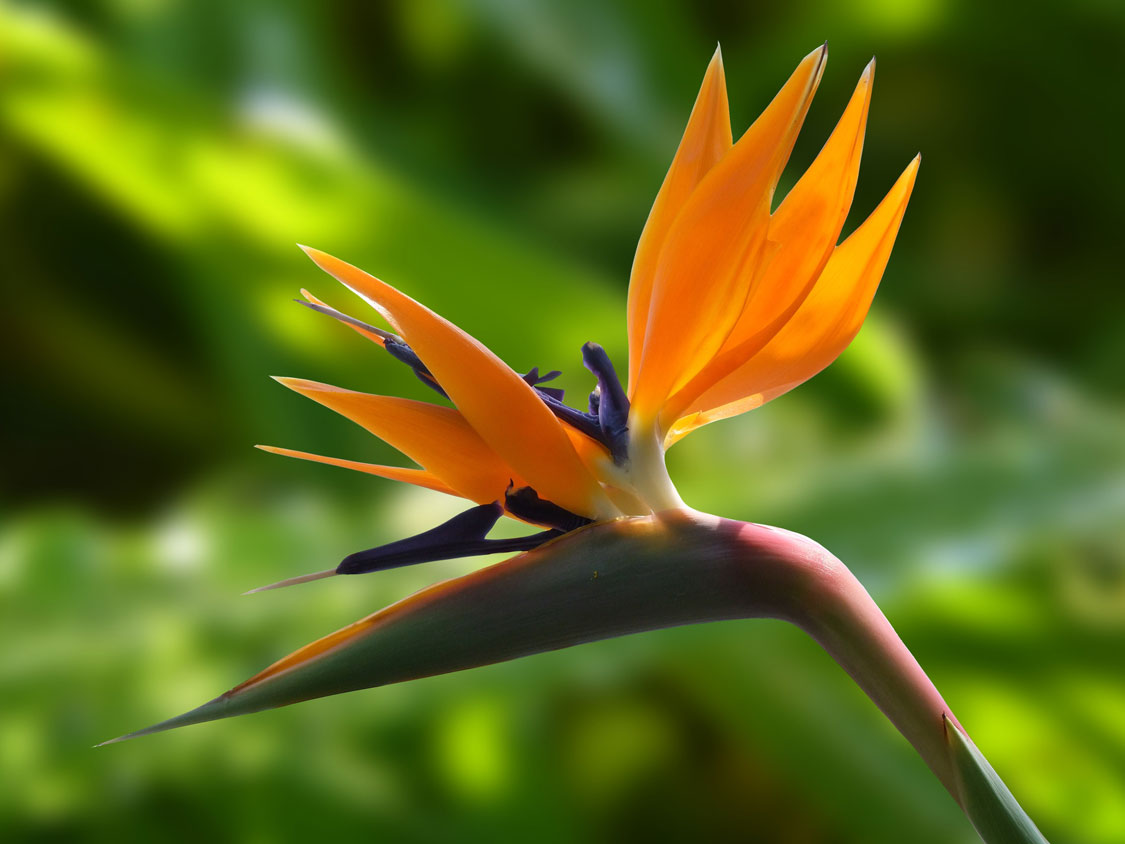By planting indigenous and following certain guidelines you can limit water consumption in your garden. Here are some water saving tips from SmartStone
Water wise gardens focus on plants that thrive with little water and have certain characteristics that make them water efficient. By knowing these characteristics you’ll be able to decide what you should and shouldn’t plant.
Look for:
- Small or needle-like leaves. This minimises the surface area for water to evaporate. Examples are ericas, most acacias, rosemary, origanum and thyme.
- Few leaves. Some plants reduce water loss by dispensing with leaves altogether, or shedding during drought. Examples are the karee tree, acacias and buffalo thorn.
- Grey foliage reflects the sun’s rays, keeping the plant cooler which in turn reduces water loss. Examples are lavender, artemesia, arctotis and giant honey flower.
- Hairs slow down air movement past the stomata, which reduces water loss. Examples are the silver tree, lamb’s ear, beach salvia and helichrysum.
- Succulents store water in thick fleshy leaves. Think of crassulas, aloes, echevarias and vygies.
- The leaves of some plants close when they are water stressed. This reduces the amount of leaf exposed to sunlight and reduces water loss. Examples are acacias, Jerusalem sage and rock rose.
- Waxy leaves prevent moisture loss. Examples are euonymus, kalanchoe and Indian hawthorn.
- When ‘stressed’, plants with lighter leaves on one side, turn the lighter side upwards to reflect the sun away. Examples are wild olive tree, gazanias and indigenous buddlejas.
- Plants with a strong internal skeleton support the leaf and prevents wilting during dry spells. Examples are strelitzia, restios, agaves and New Zealand flax.
- Volatile oils in the stomata forms an extra protection against water loss. This is common in Mediterranean plants, an area which has hot dry summers. Examples are rosemary, lavender and sage.
Planting water wise plants
- Group plants with similar water needs together and water these zones separately.
- A layer of mulch over the bed will keep soil moist for longer, and adding compost increases organic matter which improves the soil’s nutrient level and water-holding capacity.
Water wise lawns
The trend in South Africa is to move away from the excessive use of lawn. Faux grass is gaining popularity and you can read more about it here.
If you do, however, have a lawn, cut grass at a higher level than usual to encourage deep roots and drought tolerance.
Set mowers to cut at these heights:
• Kikuyu: 4-6cm
• Fine grasses (cynodons): 3-4cm
• Cool season evergreen grasses: 5-7cm
Top tip: Never remove more than one third of the leaf blade. Grass becomes weakened if it grows too long between mowings, so cut when the grass is about one-third taller than the recommended height. By doing this less leaf growth is removed, and the lawn is less stressed, thus needing less water.

